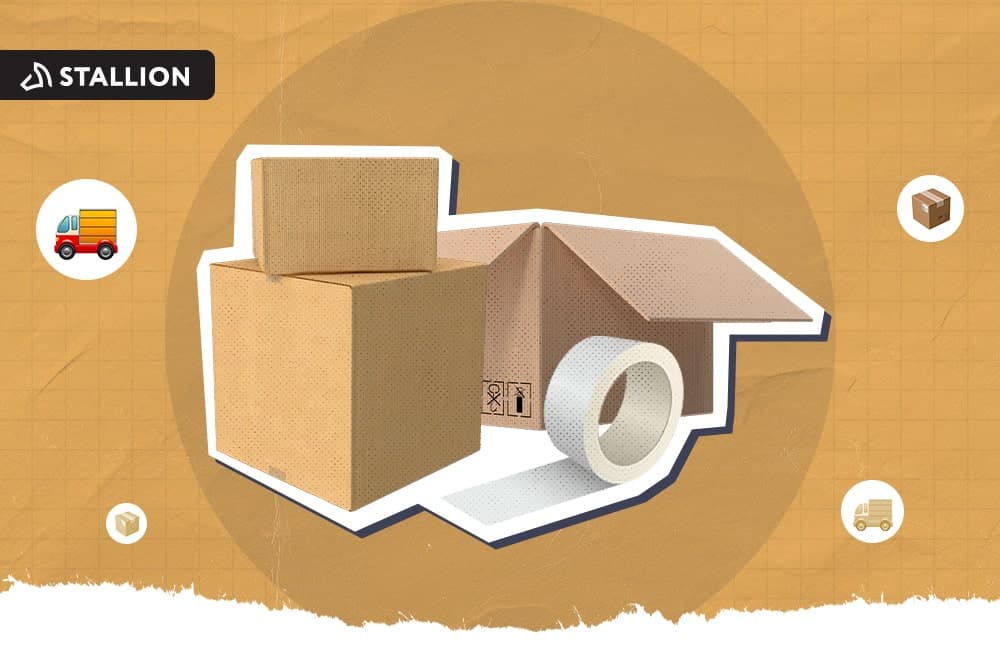
Kitting may sound like an eCommerce jargon. But in reality, it is a helpful strategy that can make your order fulfillment process faster and easier. If you run an online store and sell multiple items together, this process can help you save time and reduce mistakes.
In this blog, we'll explain what it is, how it works, and why it matters for your online business.
Kitting involves grouping various individual items and packing them together as one unit. You don't have to pick and pack each item of an order one by one. Instead, kitting lets you pre-pack everything (like a subscription box) into a single bundle.
That way, your team can treat it as one product with its own label and stock keeping unit (SKU). While this is the general idea, kitting can take on different meanings depending on the context, especially in logistics versus warehouse operations.
In logistics, kitting refers to the strategic planning and coordination of grouping products before shipment.
Key Focus:
Example:
Pre-assemble product kits in advance to expedite the order-to-ship process during peak seasons.
Warehouse kitting, on the other hand, is the actual process of assembling multiple individual items into a single kit or package. It's part of the daily warehouse operations that ensure each kit is accurately built and ready for storage or shipment.
Key Focus:
Example:
A warehouse worker gathers components (e.g. charger, cables, and manual) to create a complete electronics kit.
Many people interchange kitting and bundling because of the similarities they share. However, there's one big difference that distinguishes one from the other:
Kitting is better for repeat orders or ready-made gift sets. In contrast, bundling works well when customers can choose their product combinations.
Here’s how a full kitting process usually works in five simple steps:
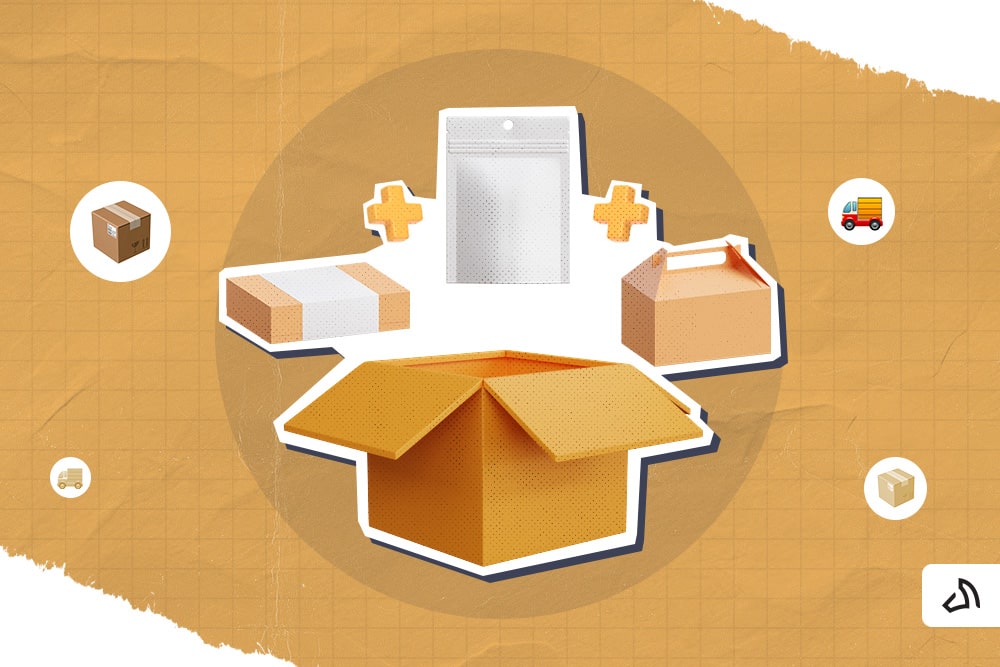
You choose which individual products go into each kit. These kit components can be related items, promotional sets, or seasonal bundles.
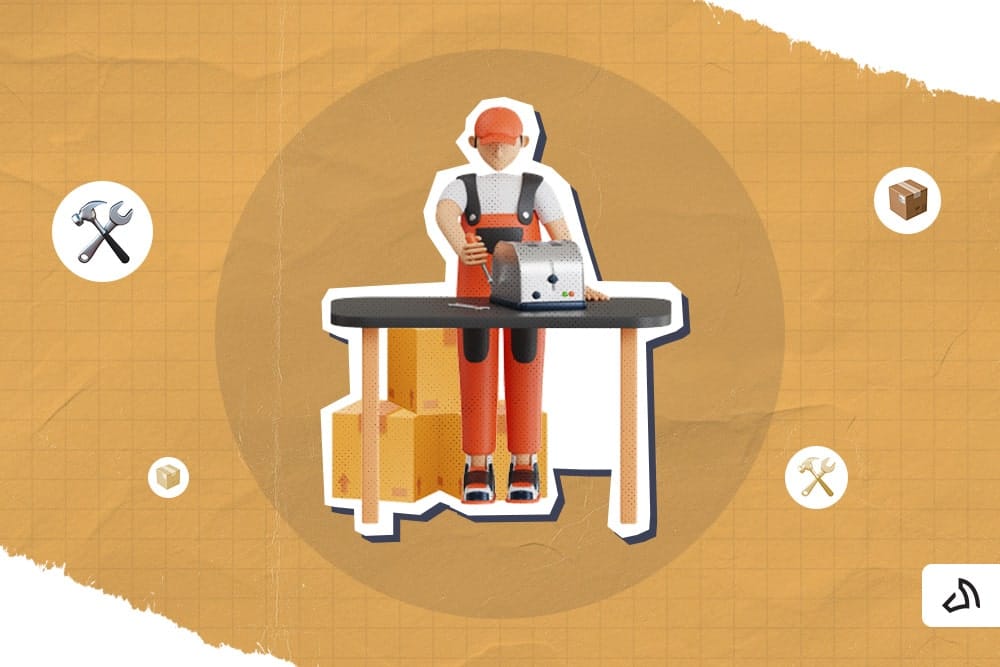
Once you've chosen the kit's individual components, the assembly process begins. The picker will retrieve multiple products and pack them into a single unit, such as a box or bag. Upon picking, the warehouse staff also follows any special instructions for inserts or branding.
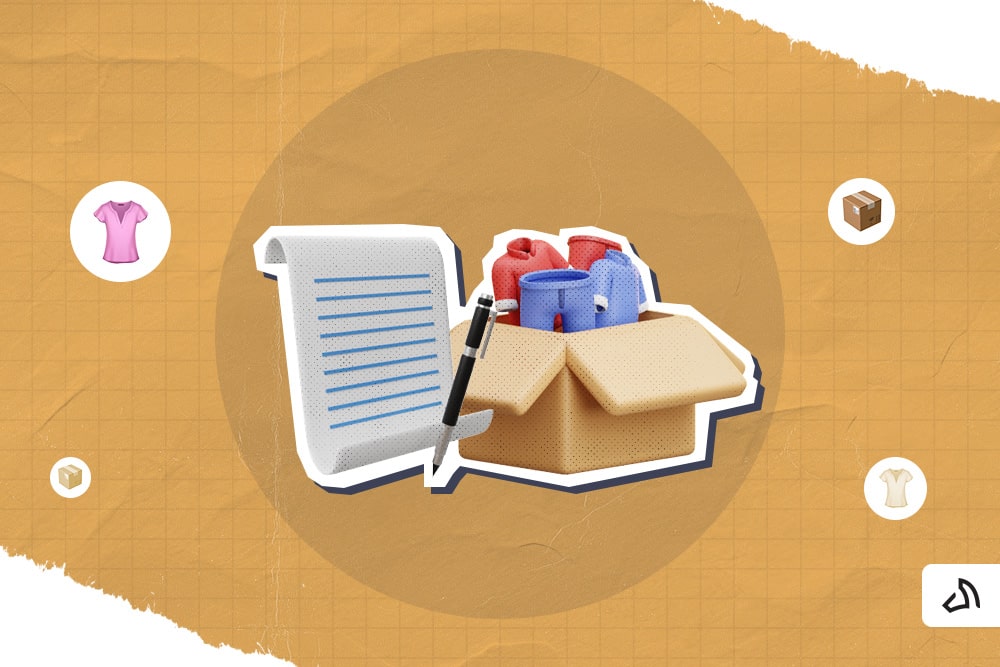
With the new kit, you will also create a new SKU. These SKUs will be added to your inventory system, which will be tracked and managed like a single item.
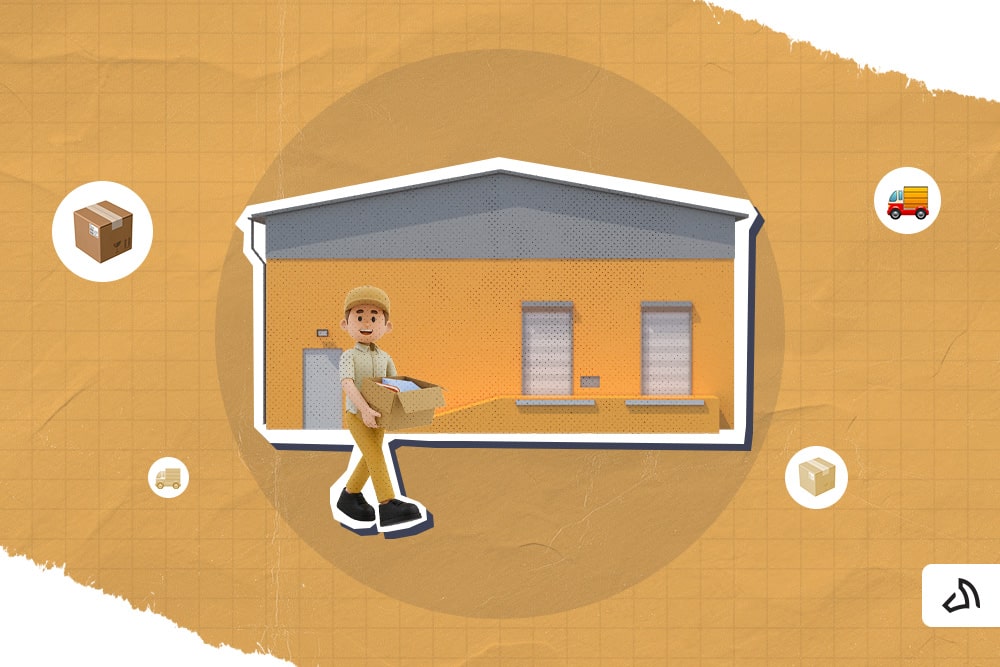
Once ready, the kitted products are stored in the warehouse, so they're easy to locate and ship when a customer buys.
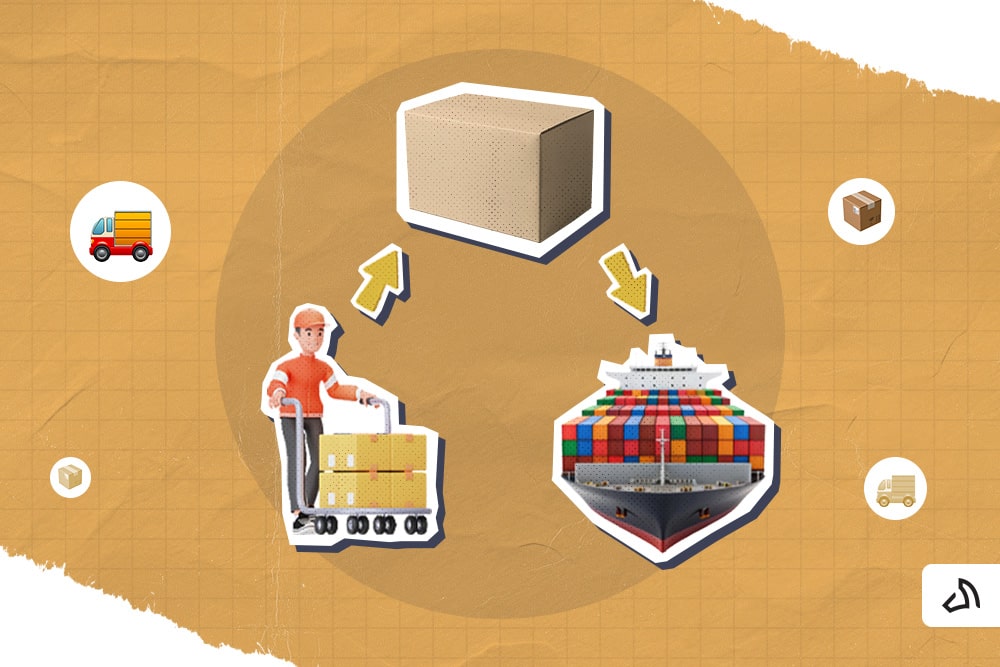
As mentioned, kitting products are sold as a single item. When a customer orders a kit, the warehouse staff that fulfills orders will treat it like any other product in the picking and packing process. They simply add a shipping label and send it out for shipment.
Here are the different types of kitting used in eCommerce and logistics. Each serves a specific purpose based on business goals, product type, or industry. We have also provided clear, real-world examples to show how kitting works in action.
Product Kitting involves grouping individual, standalone products into a single, sellable unit. Each product in the kit can exist and be sold individually. However, when bundled together, they create a more convenient offer for the customer.
Example: A skincare set that includes cleanser, toner, and moisturizer sold as a single kit.
Best For:
Also known as on-demand kitting, build-to-order kits are assembled only after a customer places an order. Instead of preparing kits in advance, individual items are selected and packed based on the buyer's specific choices.
It offers greater flexibility and personalization. The customers can craft their orders according to their preferences, such as product type, colour, or function, among others.
Note that nothing is packed ahead of time. This allows your business to reduce excess inventory, avoid dead stock, and maximize storage efficiency. It's ideal for brands that want to offer customization without overproducing pre-set kits.
Example: A custom computer build where customers choose specific components (CPU, RAM, storage)
Best For:
Pre-kitting, also known as batch kitting, consists of assembling multiple kits in advance in large quantities to meet forecasted demand. You may confuse this method with product kitting, but the two serve slightly different purposes—timing and volume.
Batch kitting is all about forecast demand, proactivity, and high-scale operation. Instead of waiting for individual orders to come in, businesses prepare kits ahead of time to ensure faster fulfillment during peak shopping periods.
Example: A warehouse pre-packing 1,000 holiday bundles in preparation for peak season.
Best For:
Promotional kitting is the process of grouping multiple products for the sole purpose of promoting an event, a brand, or a specific product. The goal isn't just to drive sales. This kit offers brand exposure, attracts new customers, and creates a memorable unboxing experience.
Example: A back-to-school kit that includes branded merchandise and product samples.
Best For:
Instructional, or assembly kitting, is designed for customer assembly or hands-on use. Each kit includes all the necessary components along with clear instructions. Its main goal is to allow the buyer to build, create, or complete a task themselves.
It adds value by offering a complete, ready-to-use experience in one convenient package.
Example: A DIY painting kit that includes a canvas, brushes, paint, and instructions.
Best For:
Private Label Kitting involves assembling products—often from different manufacturers—into a single kit that is rebranded and sold under your label. In other words, the kits are packed and labelled as if they come from a single brand. But, in reality, they may originate from multiple sources.
The final product carries your branding, offering a seamless customer experience.
Example: A beauty kit with a cleanser, serum, and moisturizer sourced from different suppliers. Each item is repackaged with the brand’s own logo, design, and product information, then sold as a branded bundle under their name.
Best For:
A third-party logistics (3PL) provider can take care of the whole kitting process for you. They can be your fulfillment partner in completing specific tasks, such as:
Working with a 3PL helps save time and money, especially as your business grows.
Kitting provides many benefits that can improve how your business handles inventory and order fulfillment. Here are some ways in which kitting can help your operations:
With kitting, you're moving slow-selling items before they take up too much space or lose value. By bundling these products with popular items in a kit, they can be shipped together as part of a more attractive offer. This strategy prevents dead stock with the possibility of increased sales.
Kits are pre-assembled and stored as one item. Therefore, staff members can easily pick and pack more quickly, reducing fulfillment time and simplifying the shipping process.
With fewer steps, there's less chance of sending the wrong items. The result? Optimize accuracy and boost customer satisfaction.
Packing items in advance saves time and reduces materials used. More than that, it provides you with significant cost savings due to reduced labour costs.
You can consolidate multiple SKUs into a single SKU, freeing up shelf space. It also helps keep inventory more organized and easier to manage.
Kitting can create a well-organized supply chain, allowing customers to receive neatly packed, complete orders that arrive on time. This increases trust and encourages repeat purchases.
Kitting offers a simple and effective way to improve how you handle orders. It’s great for busy eCommerce sellers who offer bundles, promotions, or gift sets. Whether you do it in-house or by using kitting services from a 3PL, it can help you save time, cut costs, and make your customers happier.
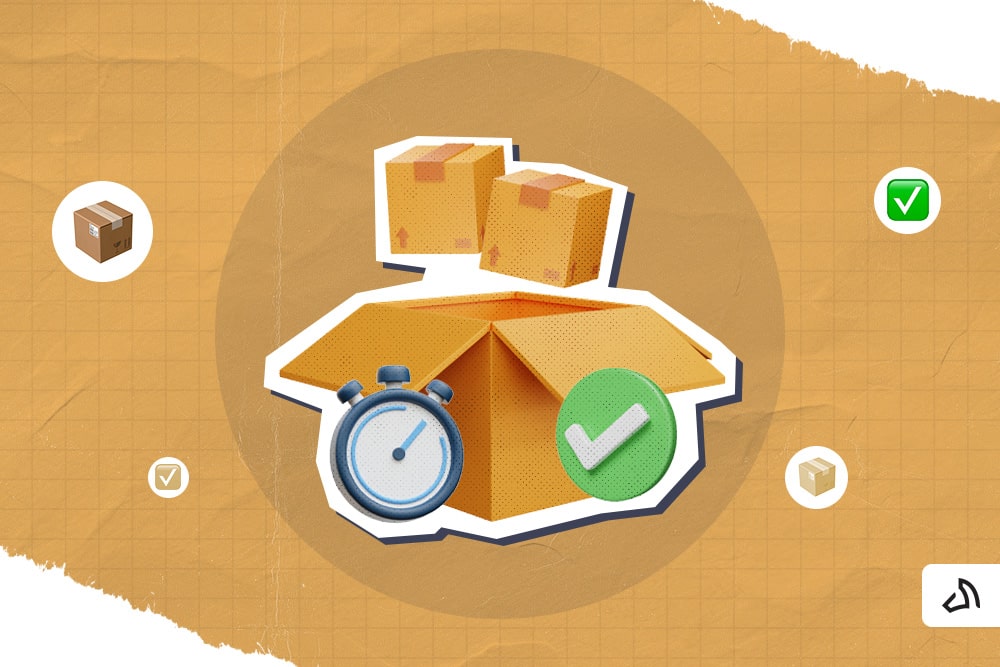
Stallion is your trusted 3PL company offering reliable kitting and fulfillment services. We make the process easy, from receiving your products to assembling kits and delivering them to your customers.
How does Stallion do it? We offer two ways to handle kitting: virtually and manually.
If you’d like to learn more about our kitting services, get a quote on kitting rates, or learn about the shipping costs, don’t hesitate to contact our customer support team.
What are you waiting for? Let Stallion help you kit smarter and ship faster today.

Candy Rada is a dedicated professional with tons of experience in content writing for the shipping industry. As a literature degree holder, she excels in creating engaging content with strategies that enhance brand visibility. She enjoys playing with her cats, reading dystopian books, and joining trivia games in her free time.
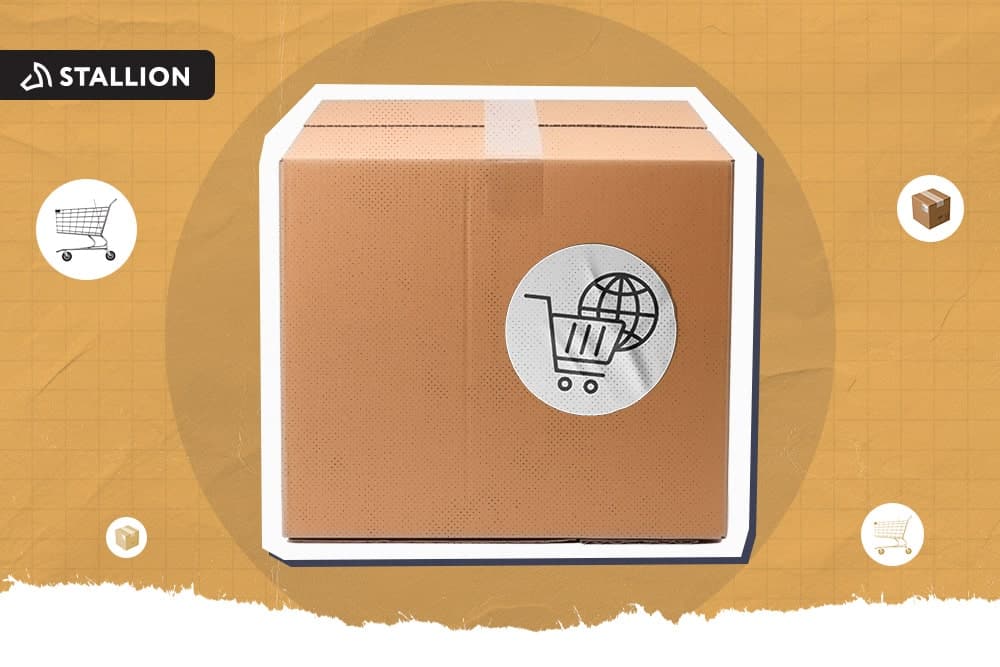
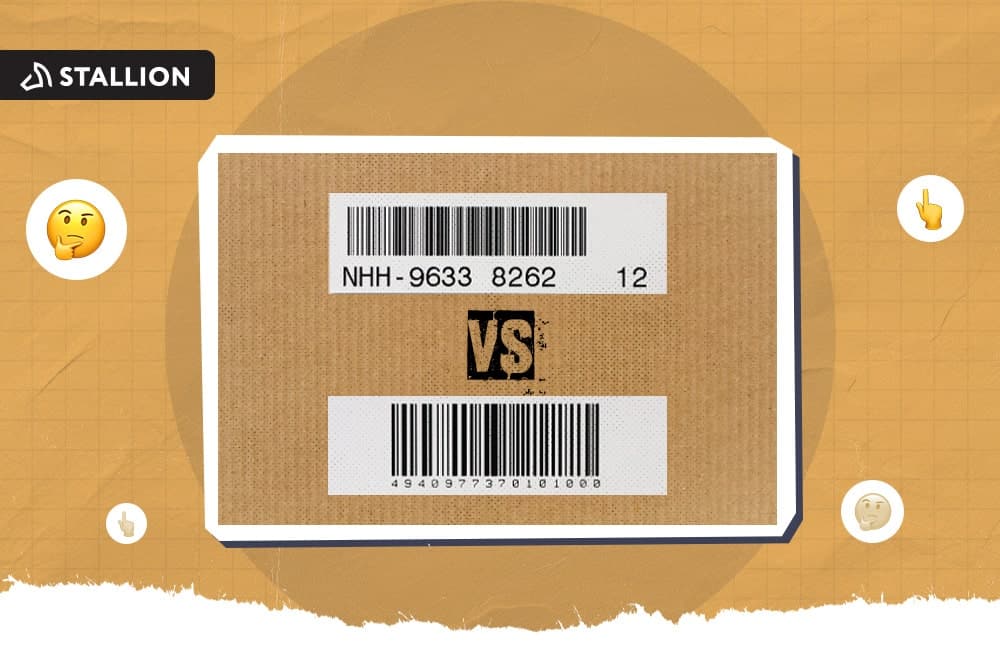
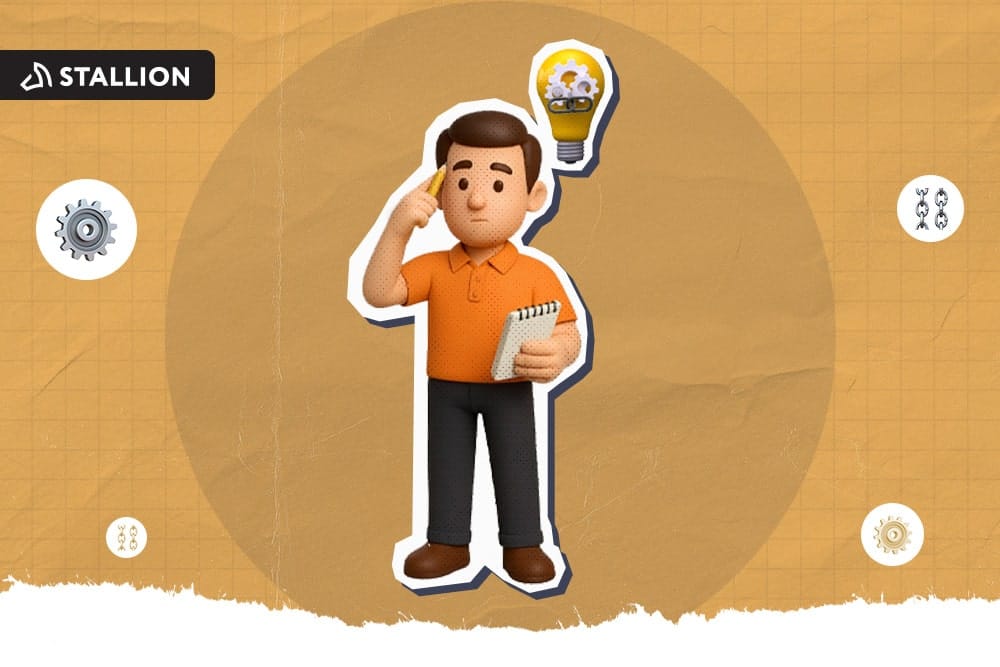
Can our fellow Torontonians relate?
-
#smallbusiness #business #entrepreneur #socialmedia #shipping #ecommerce #canadianecommerce #shopify #poshmark #b2b #saas #etsy #ebay #canada #canadiansmallbusiness #shoplocalcanada #entrepreneur
#toronto

Here’s your quick hassle free shipping from 🇨🇦 to 🇺🇸 as a business owner!
-
Any questions?! Leave them 👇🏻 and save this video so you don’t forget!
-
#smallbusiness #business #entrepreneur #socialmedia #shipping #ecommerce #canadianecommerce #shopify #poshmark #b2b #saas #etsy #ebay #canada #canadiansmallbusiness #shoplocalcanada #entrepreneur

Meet @drinkbenny a 🇨🇦 female founded energy drink brand! Instead of focusing on their products, they’re taking a unique approach by hosting in person events in different Canadian cities to offer an experience for their community 🧡
-
What are your thoughts on in person events? 💭
-
#smallbusiness #business #entrepreneur #socialmedia #shipping #ecommerce #canadianecommerce #shopify #poshmark #b2b #saas #etsy #ebay #canada #canadiansmallbusiness #shoplocalcanada #entrepreneur

Do you know the difference between DDU and DDP when shipping internationally 🌏 ?
-
Questions? Leave them below! 👇🏻
-
#smallbusiness #business #entrepreneur #socialmedia #shipping #ecommerce #canadianecommerce #shopify #poshmark #b2b #saas #etsy #ebay #canada #canadiansmallbusiness #shoplocalcanada #entrepreneur

Here’s a quick hack to save time from choosing multiple postage options
↪️ Turn on the lowest postage rate automation to save you time!
-
Questions? Leave them below! 👇🏻
-
#smallbusiness #business #entrepreneur #socialmedia #shipping #ecommerce #canadianecommerce #shopify #poshmark #b2b #saas #etsy #ebay #canada #canadiansmallbusiness #shoplocalcanada #entrepreneur
